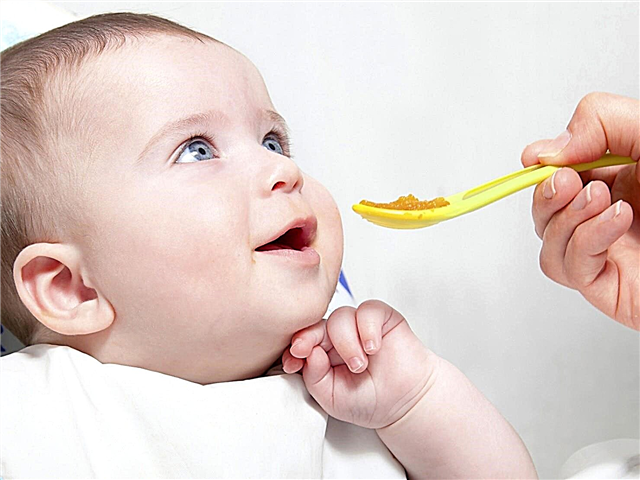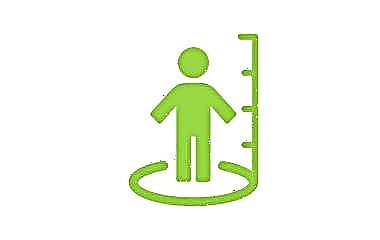"Oh, what a pain to educate!" - stated Miss Bok from the cartoon about Carlson. Is it so? Let's try to understand this issue.
"Oh, what a pain to educate!" - stated Miss Bok from the cartoon about Carlson. Is it so? Let's try to understand this issue.

"Thank you for our happy childhood, dear country!"
This slogan could be found in schools, and in the homes of pioneers, and at demonstrations. The state provided social guarantees, the parents of the children were confident in their cloudless future. In schools and universities, they studied according to the same programs, the transition from one educational institution to another was painless. There were common approaches to assessing knowledge. The children's leisure time was organized: free sports sections, various circles. Studying in music and art schools cost a penny, vouchers to pioneer camps were cheap, and the trade union paid a significant share.

Now it has become much more difficult to teach children. Prestigious lyceums and gymnasiums have appeared, in order to study in them, many children have to study with tutors almost from the first grade. Almost all graduates prepare for the OGE and the Unified State Exam with tutors, this takes a large part of the family budget. But there is also a plus: universities have become more accessible, since entrance exams, where "blat" used to operate, have been replaced by the USE, which more objectively assess the knowledge of the child.
"A strong friendship will not break ..."
In the Soviet years, there was a cult of friendship. Children gathered in groups, played together in the yard. They had their own leaders, organizers of tricks. Volleyball, pillar, hide and seek, robber Cossacks - what kind of collective games were there! The guys went to visit each other, the girls gave the dolls "in marriage", the boys organized battles in table football or hockey. Expensive toys were a rarity, in most cases they got along with cheap babies and metal trucks. Parents at work trusted their children and their comrades. "The key is under the rug," they wrote in notes stuck in the doorknob, and no one stole. In the summer, in the evenings, the sounds of the guitar were heard under the windows, and the breaking voices sang the songs of Yuri Antonov: "With a flying gait ...". None of the parents took the child to school or met him, it was safe on the streets.

What's going on today? You can't drive children out into the street. And if he went for a walk, then the parents are not left with anxiety for his safety: moms and dads control every step using mobile devices. Already, preschoolers can easily manage gadgets that eventually replace any toys. Schoolchildren spend a lot of time on social networks. Can we talk about their full-fledged communication? Hardly. Although many children have a huge number of friends on social networks, Vkontakte correspondence is limited to miserable phrases, virtual friendships end as quickly as they arise. It is not difficult to take a child's leisure time now: he bought a laptop or tablet - and he plunged into the computer world. Is it good? The question remains open.
"Drink, children, milk - you will be healthy!"
How to feed your baby? This topical issue in Soviet times was solved simply. Most of the products were of good quality, with no harmful colors or flavors. There were no special delicacies on the shelves of the shops; they bought mostly the most basic products: bread, loaf, milk, eggs, flour, cereals, vegetables. We ate a lot of fish (it was cheap), with meat it was more difficult. Only a few varieties of sausages were produced, they were taken out for the holidays, since there were almost no sausages on the free market. The food was very simple, the guys always ate with gusto.

Let's take a look at a modern supermarket. The shelves are full of food, but try feeding them to children. They are unlikely to eat ordinary soup or pasta. Their taste is spoiled by chips, yoghurts, cola and other "chemicals". The composition of sausages and sausages is terrible to imagine. Milk, meat, poultry - all contain harmful substances. And from here come allergies, asthma, eczema and other diseases.
"Ksenia - a plush skirt"
How were children dressed during the years of the USSR? Everyone went to school in uniform: girls wore brown dresses and black aprons (on weekdays), white aprons (on holidays); boys - uniform trousers and a jacket. It was difficult to buy something beautiful and exquisite. Jeans were a dream of both boys and girls, they were sold from under the counter by speculators or brought from abroad. Both clothing and footwear were made from natural materials that wrinkled and wore out quickly. In winter, they wore heavy sheepskin coats or kurgan winter coats. But no one had any complexes about clothes: everyone existed in approximately equal conditions.

There are no problems with clothes for today's children. Beautiful overalls, jackets, jeans of all stripes - what you can not find in shopping centers and on the market. Children sometimes determine a person's worth by the brand of clothing they wear, which is an unpleasant trend.
So when is it easier to raise children? Many will say - in the Soviet years. But if modern parents are offered to return to the USSR, hardly any of them will agree: each has its own time. You just need to remember one thing: at all times, moral qualities should be in the first place in education.



